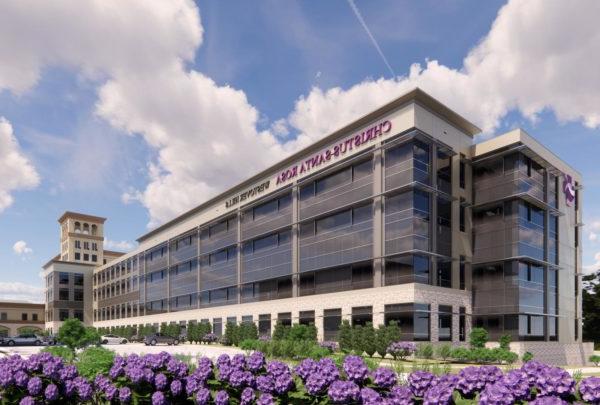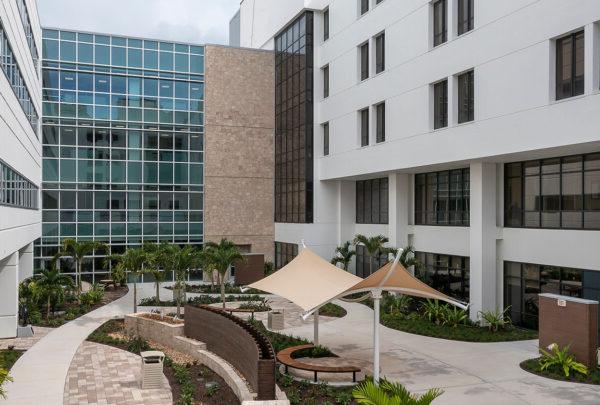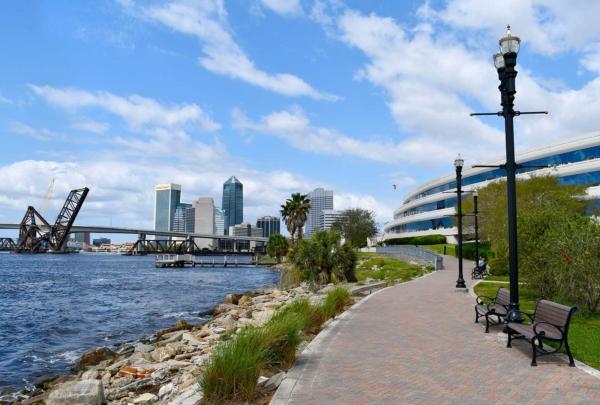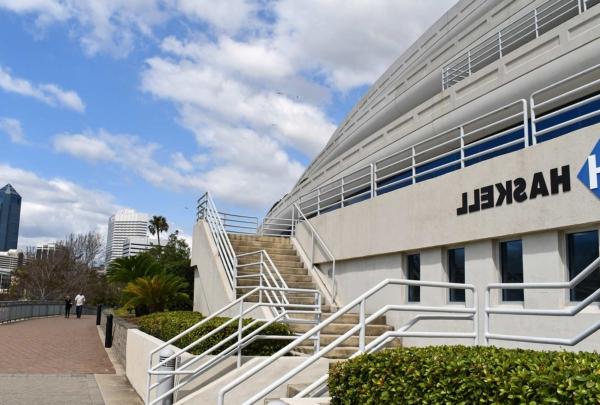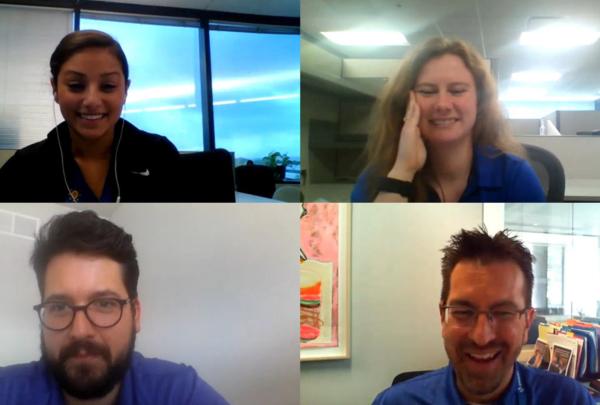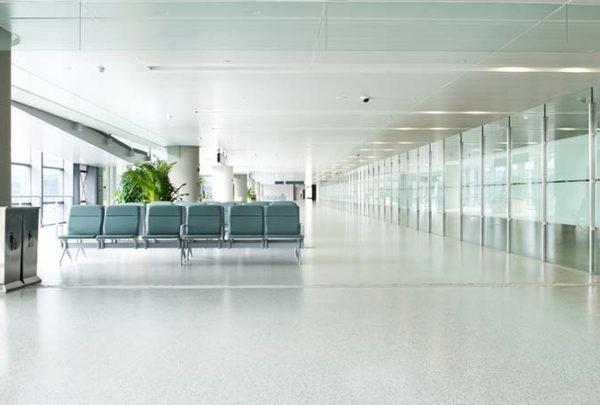As we continue to help clients with their ability to prepare for or deal with patient care surges due to the COVID-19 pandemic, we wanted to share the influences we expect will impact design trends in the future.
1. More intensive application of infection control risk assessment by hospital location and population.
A healthcare provider’s risk assessment determines the number of airborne infection isolation (AII) rooms within the facility. In the future, we expect that geography, population density, and the lessons learned from the COVID-19 pandemic will influence their risk assessment and increase their complement of AII rooms.
2. Increased complement of AII rooms or units by hospital.
Whether individual rooms or patient units dedicated to AII, we expect a significant increase in the number of spaces sufficient to treat patients infected with viruses that are transmitted by airborne pathogens.
3. Development of mass patient screening and triage mobile command centers.
Many healthcare facilities are dedicating as much attention to mass triage and screening as they are patient care treatment spaces. Mobile triage and screening spaces at entrances decrease congestion in the emergency department and ensure that patients enter the hospital with COVID-19 protocols in place.
4. Tiered strategies for developing surge capacity for additional on-site areas.
Government agencies have been establishing off-site alternate care facilities. In the future, before off-site facilities are activated, hospitals will have tiered strategies to activate additional surge capacity. In traditional healthcare design, this traditionally occurs in an emergency department, but we expect that patient units will be designed to provide for surge capacity. Hospital auditoriums, cafeterias, and other support spaces may also be considered as part of this tiered strategy.
5. Infrastructure support for expanded telehealth protocols.
Telehealth has been developing for some time, and we expect increased infrastructure to support it, not only to allow for appropriate patient care but to provide for risk mitigation in the event of a future pandemic.
6. Separation of HVAC infrastructure systems by patient unit type and hospital area served.
Just as SARS and the avian flu influenced the design of emergency departments in years past and cause health systems to segregate emergency department air-handling systems, we expect the COVID-19 pandemic will influence the separation of HVAC systems and infrastructure to a further degree by patient unit type and area served within the hospital as a future design trend.
7. Increased surge capacity for point-of-care testing and screening.
Mass triage and screening stations will only serve well if we can rapidly assess patients. Point-of-care testing for appropriate infection and airborne pathogens will become critical in the future.
8. Revised hospital ingress and egress procedures in the event of a pandemic.
Allowing for safe ingress and egress for hospital staff and uninfected patients will be a future design trend. We expect that, much like life safety requirements dictate ingress and egress requirements during normal operations, we will likely see emergency response circulation requirements that will dictate future ingress and egress requirements at a hospital.
9. Expanded supply chain inventory storage.
We expect that personal protective equipment, ventilators, and any other hospital equipment necessary to care for patients in times of pandemic will be a design consideration within a hospital.
10. Additional on-site provider overnight accommodations.
Hospital on-call rooms have been a design consideration for many years. The current situation has required providers to stay at their hospitals for extended periods of time. We expect future overnight accommodations to be provided in the event of a pandemic or an emergency response.
We will continue to share lessons learned and any value-added information to help you as you consider how you may prepare your institution or respond to the needs of your patients.











